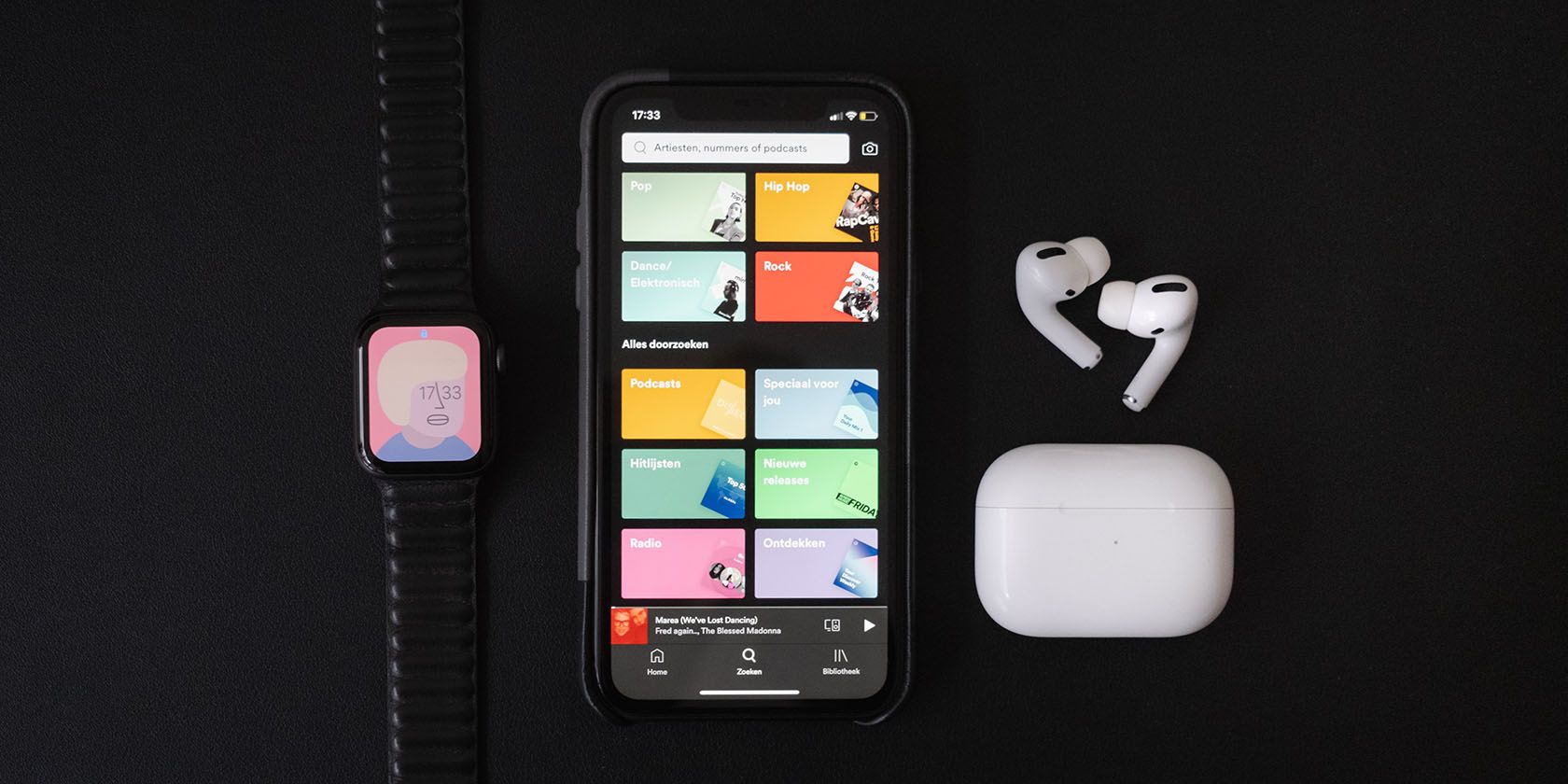Music is a form of sound, which evolves depending on the different environments wherein it is heard. For example, the same music played in a large concert venue will not have the experience as one recorded in the confines of a studio. Equalization helps alter the various volume levels of a sound to help craft the optimal listening experience.
When it comes to streaming on Spotify, finding the right settings for equalization is not so straightforward. In fact, there are many factors to consider that can dramatically affect your listening experience. Here’s how the Spotify equalizer works and how to use it.
What Is the Spotify Equalizer?
Equalizers are software or hardware used to alter the shape of the sound. Although there are hardware equalizers, Spotify has a built-in equalizer that helps do this digitally. Spotify lets you activate the equalizer for both music and podcasts.
Within the range of human hearing, we can hear sounds from 20Hz to 20,000 Hz. For the Spotify equalizer, it considers six points at 60Hz, 150Hz, 400Hz, 1KHz, 2.4KHz, and 15 kHz. By altering the gain at different frequency points, equalizers can reduce or uplift certain aspects of a sound. Great equalization helps prevent ear fatigue, ringing in the ears, or avoiding the sensation of dullness.
Trained audio engineers are sensitive to how music can be best equalized for each song and the medium it’s meant to be played on. For example, equalization for live stages are different for music made for home streaming. When done right, equalization helps improve the overall listening experience.
What Are the Best Spotify Equalizer Settings?
Spotify has a built-in equalizer presets for its mobile apps on iOS and Android. If you wonder what the perfect setting is for you, the quick answer is that it depends. There is no one single equalizer setting that is perfect for everyone.
For the best music equalizer settings, there are several factors that need to be taken into consideration such as the genre, personal preference, hearing sensitivity, where the music will be played, and the technology used to play it.
As most of us are not trained engineers, changing settings all the time can seem like a headache. This is especially true if you listen to several genres of music across devices. Thankfully, Spotify has a built-in equalizer preset settings. While not perfect, there presets are definitely good enough for most people.
How to Change Your Spotify Equalizer Settings
For iPhone, iPad, and Android users, you can change your Spotify equalizer settings directly in the Spotify app.
How to Change Spotify Equalizer Settings on Android
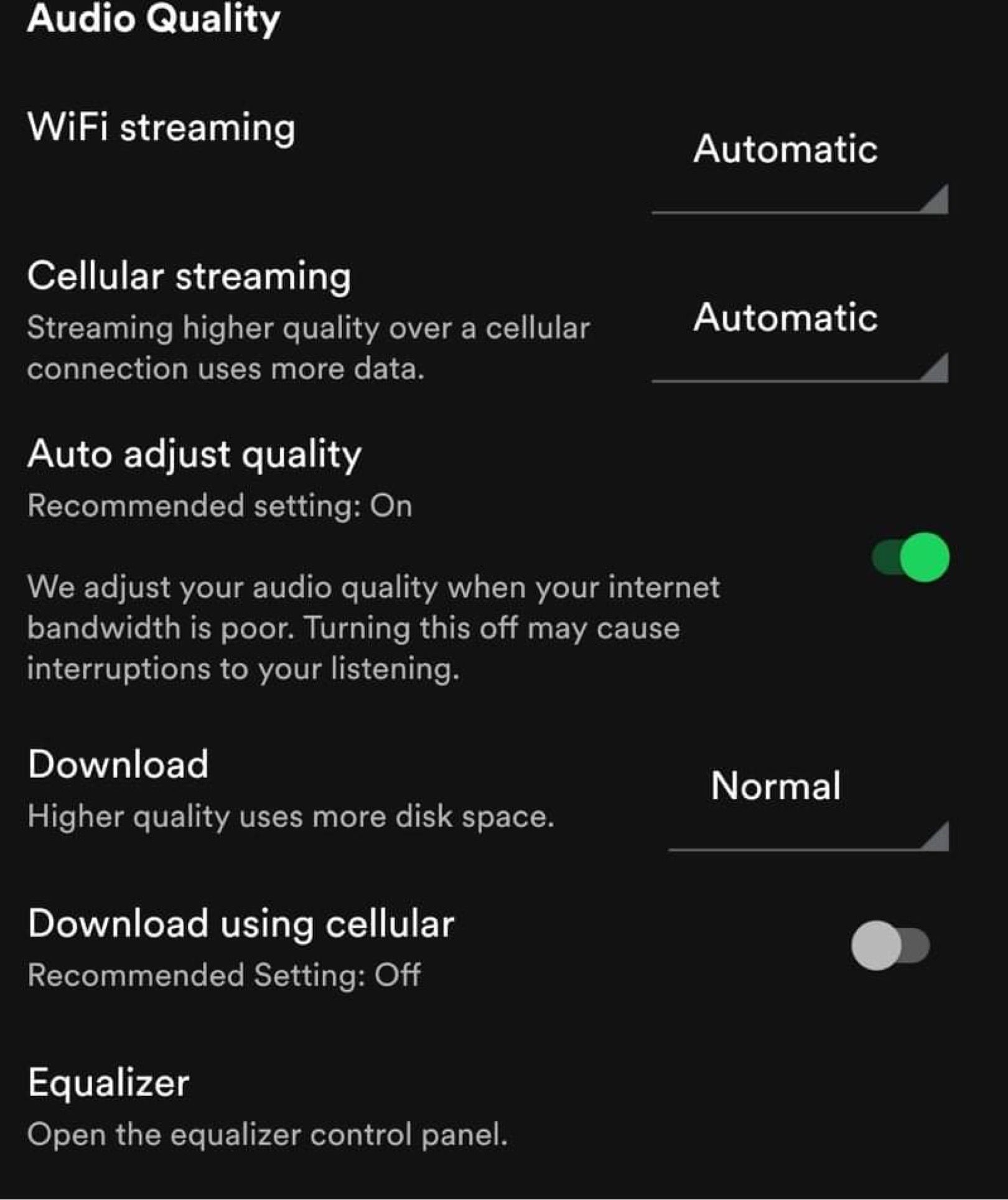
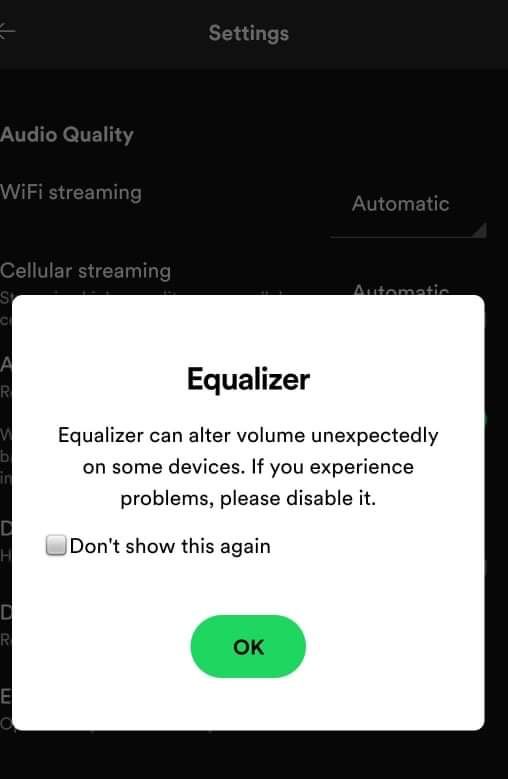
On Android, select the Settings icon under on the home page. Next, tap Equalizer (beneath Music Quality) to open the equalizer options menu. Now, you’ll have access to your Android settings menu, where you can find your Sound quality and effects tab. Depending on your Android device, this screen might look different.
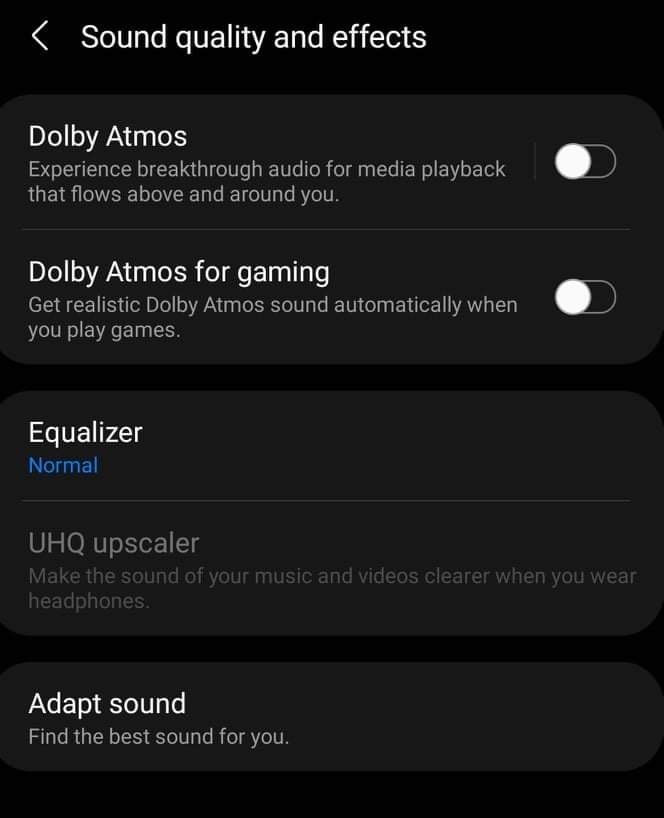
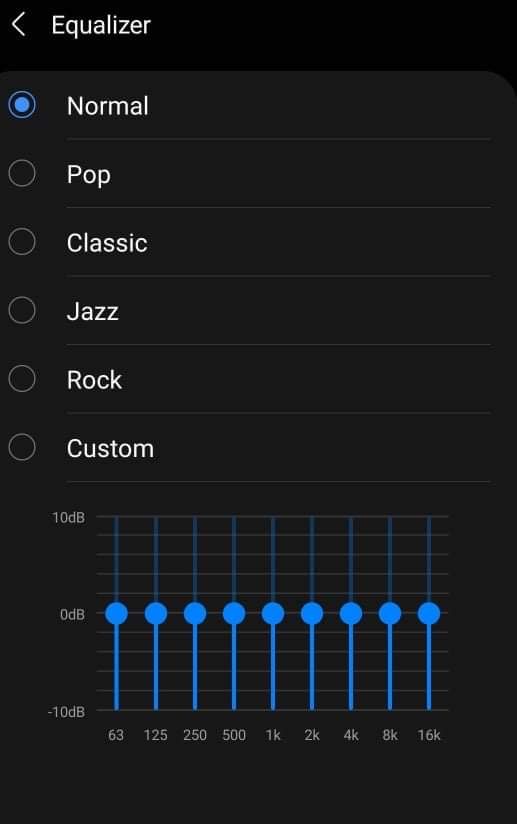
Once you arrive at the right screen, you can select the preset that is most relevant to the kind of audio that you frequently listen. Spotify for Android has five presets: Normal, Pop, Classic, Jazz, and Rock. If you listen to a wide variety of music, you can simply leave it on Normal. In fact, should you be feeling a little adventurous, you can even set a custom level, an option that is not yet available for iOS users.
How to Change Spotify Equalizer Settings on iOS
For iOS users, you can change your Spotify Settings by opening your app and tapping the Settings icon. Then, select Playback > Equalizer, and toggle the button next to Equalizer to enable it. By default, the Normal equalization setting will be selected.
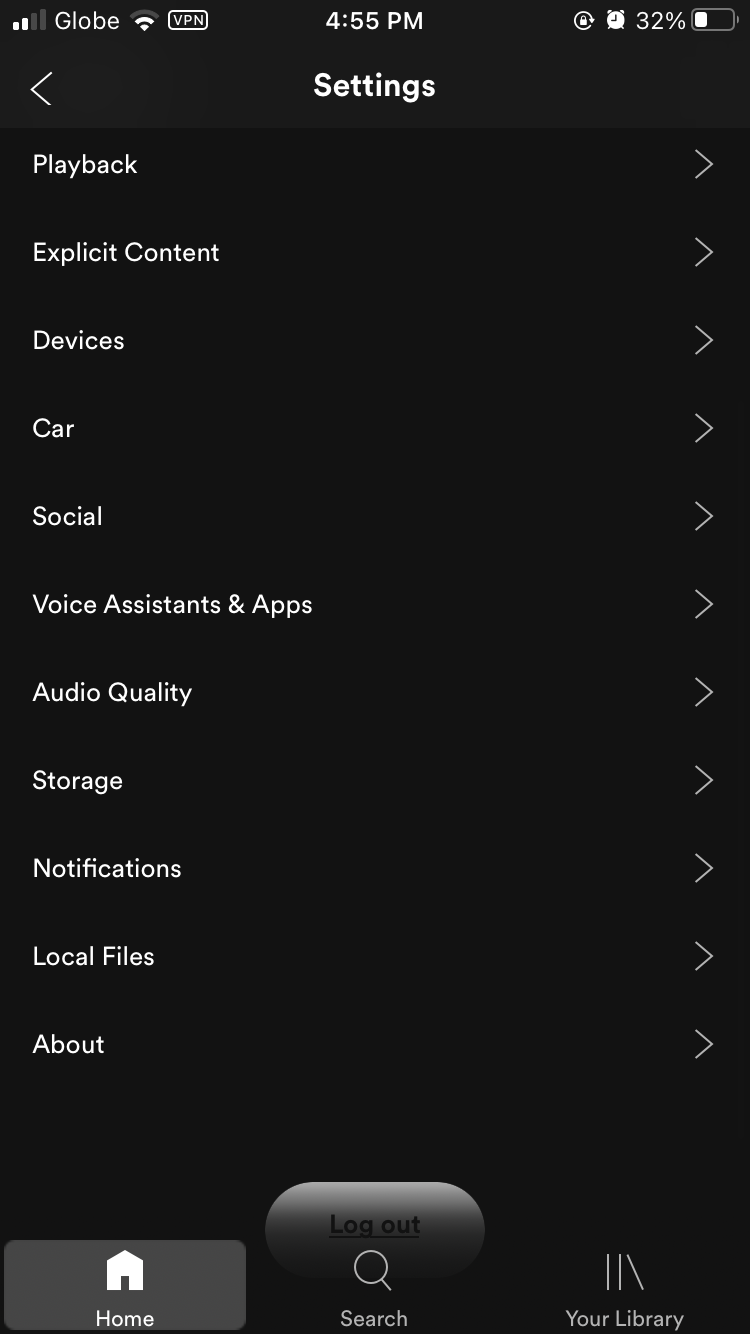
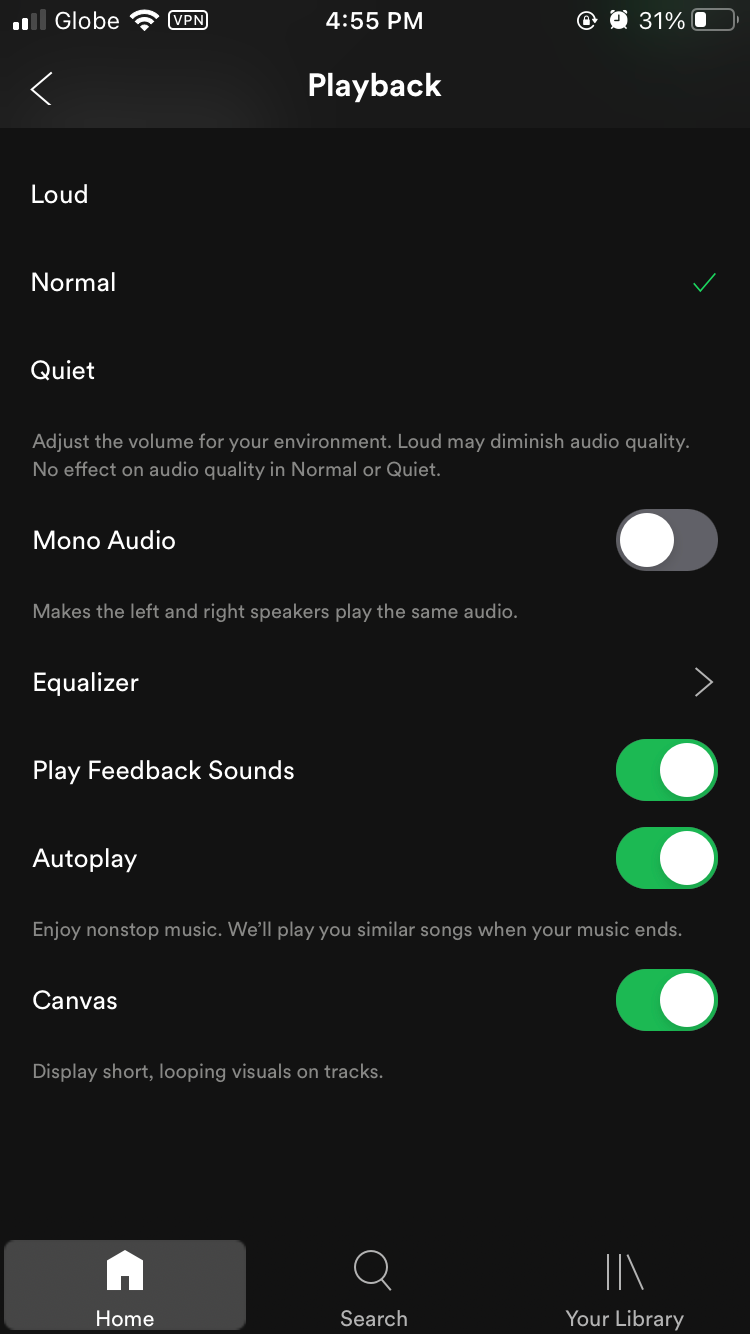
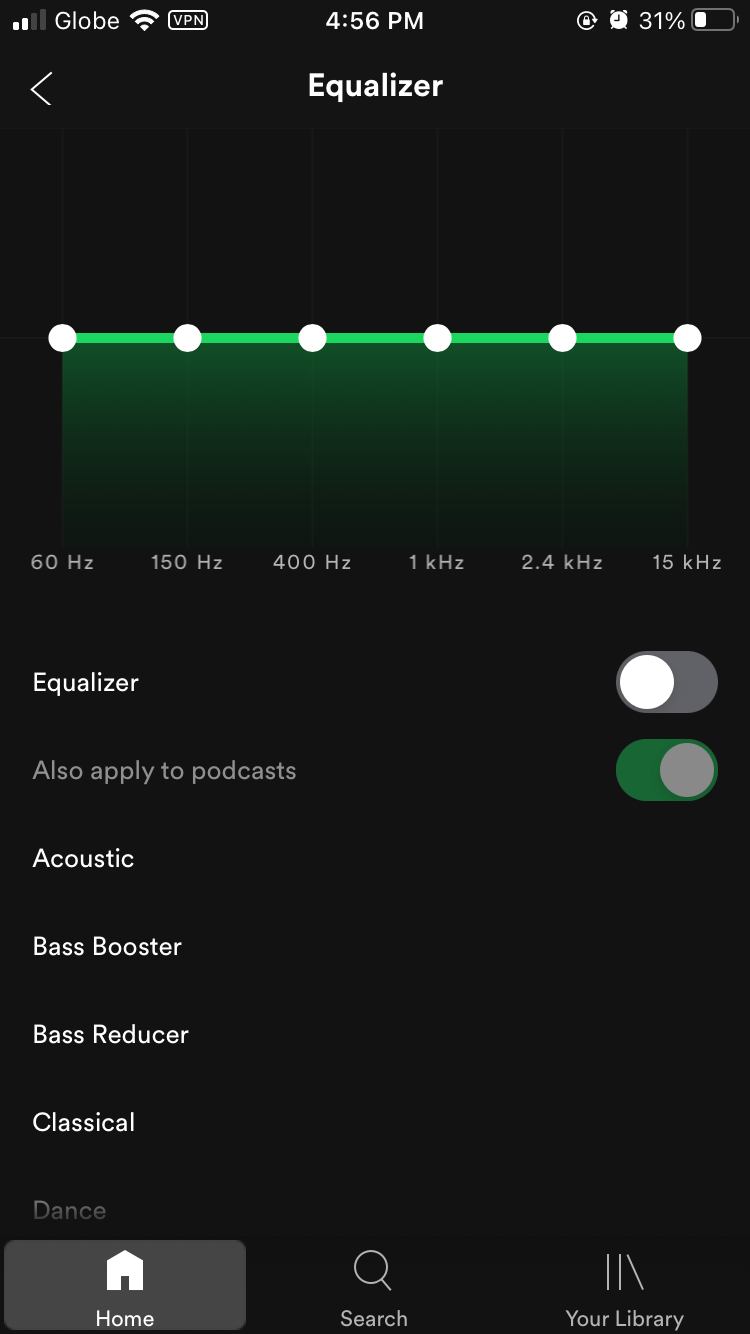
For music listeners craving for a different experience, there are also a variety of Spotify equalization options available: Acoustic, Bass Booster, Bass Reducer, Classical, Dance, Deep, Electronic, Flat, Hip-Hop, Jazz, Latin, Loudness, Lounge, Piano, Pop, R&B, Rock, Treble Booster, and Treble Reducer. There are also additional options which are helpful for podcasts such as Small Speakers, Spoken Word, and Vocal Booster.
Unlike Android, there is no option to customize the Spotify equalizer for iOS. However, you do have more presets to choose from. Take note that you can’t change your equalizer settings on your iPhone or iPad if you are playing Spotify on a desktop.
The Limitations of Spotify's Equalizer Settings
At the time of writing, the option to utilize the Spotify built-in equalizer presets is only available for Android and iOS users. However, it is possible to set up your equalizer through third-party software for Mac and Windows.
While the built-in equalizer presets by Spotify are good enough or most people, they don’t allow for a lot of flexibility for serious audiophiles. With time, more and more songs fall in between the cracks of the traditional categories of music and artists are exploring sounds outside their usual genres. For this reason, installing additional software or hardware may be a viable option for serious listeners.
Lastly, the quality of sound can be affected by the quality of the speakers or earphones used to listen to it. Even with perfect equalization settings, you may not get the most out of your music unless your speakers have the capacity for nuance in its sound.
Make the Most Out of Spotify
While Spotify has made it easy to just select a preset, there’s also a joy that comes with knowing how to manually set the perfect EQ setting for your music. As Spotify releases more high-quality music, it’s an exciting time for music lovers who hope to listen to their favorite tunes the way it was meant to be listened to, or better.
To get the most out of your Spotify, you may want to consider taking the time to learn the best custom equalization settings on your laptop or desktop. Using specialized software, high-quality settings, and external speakers, there’s no doubt that you can craft a unique Spotify listening experience that is perfect for you.
When it comes to choosing the best equalizer settings on Spotify, only you can know if you’ve hit the mark. Somehow, you can just feel when a song hits different. For audiophiles, finding the perfect equalization settings may be well worth the investment. Aside from this, there are plenty of other ways that you can make listening to Spotify even better before.

